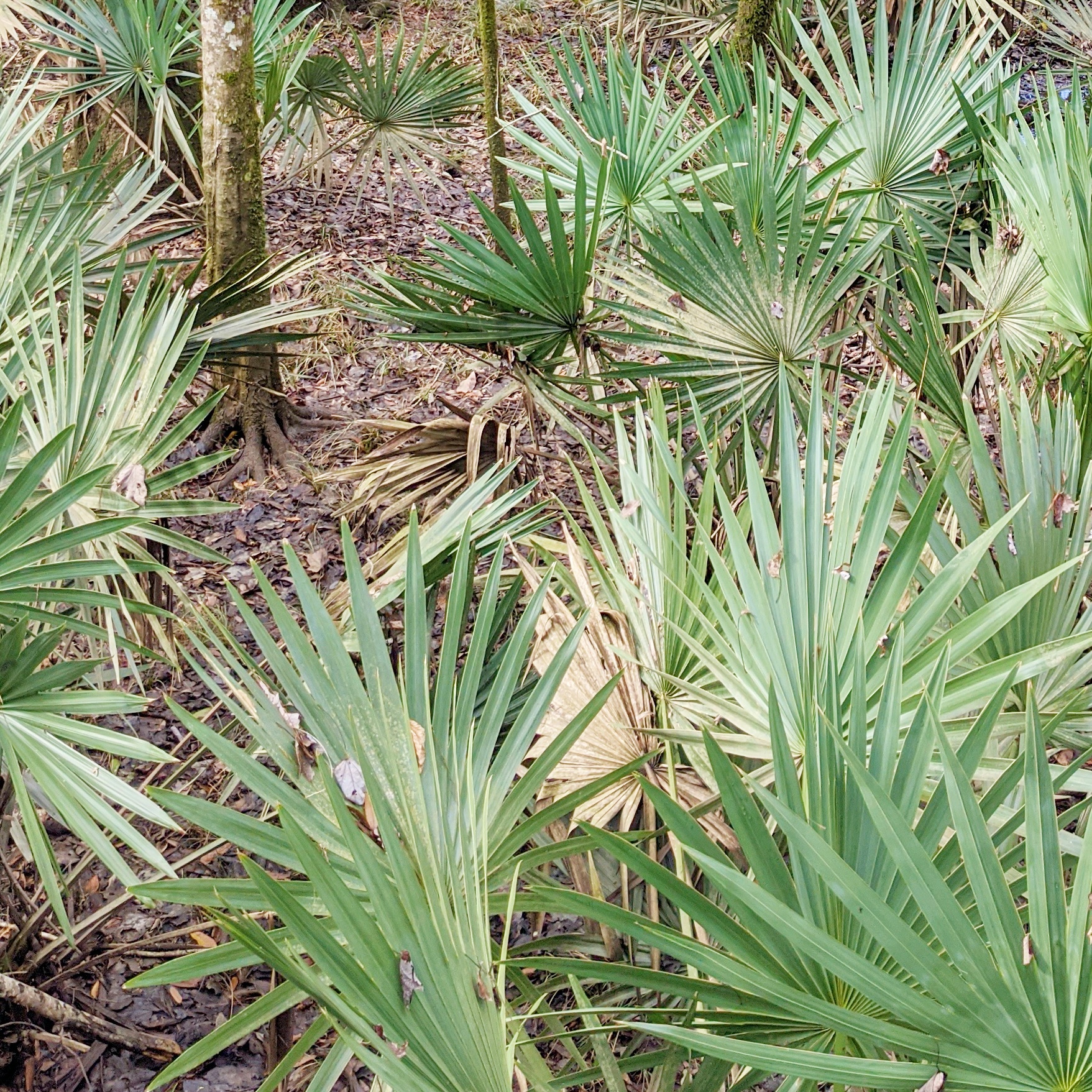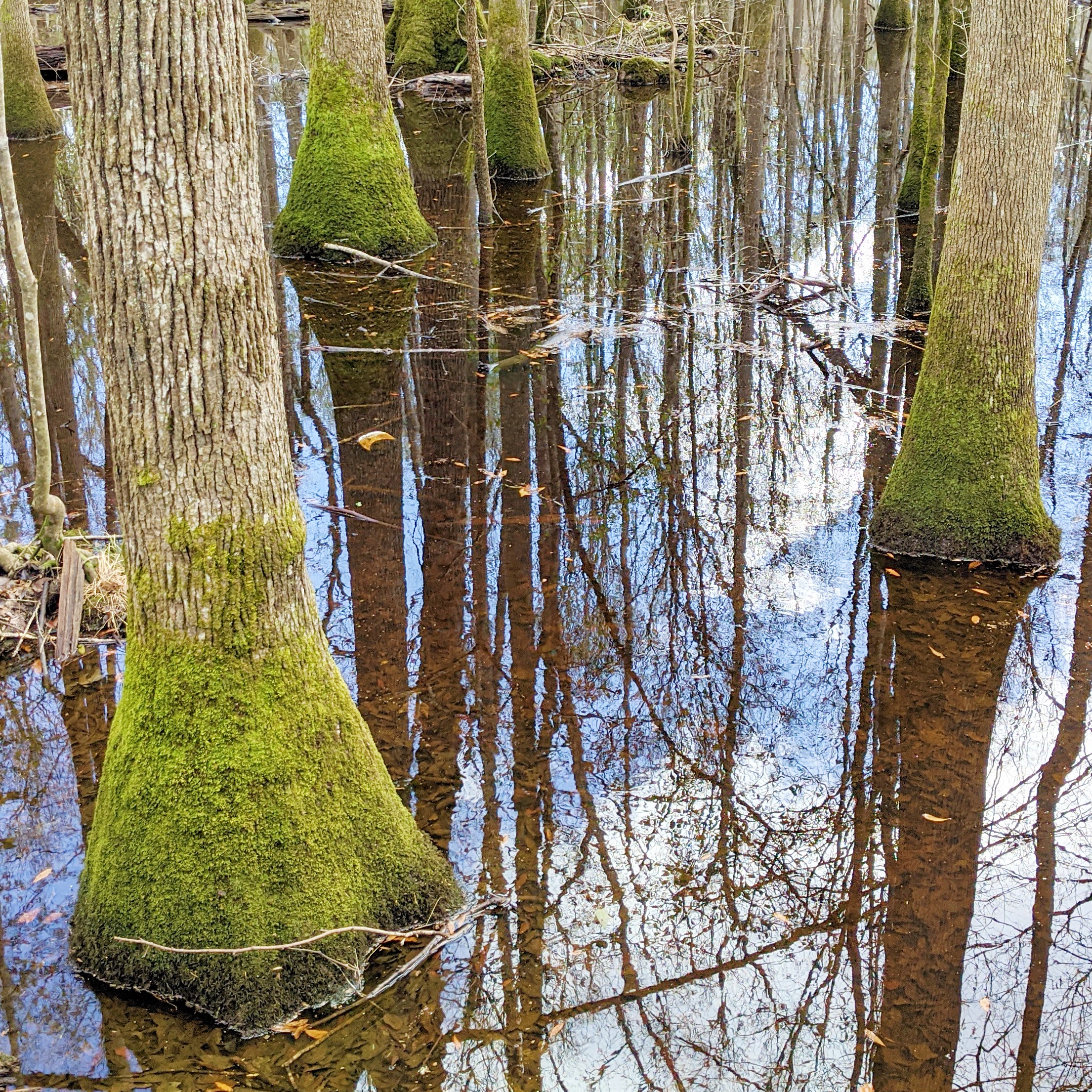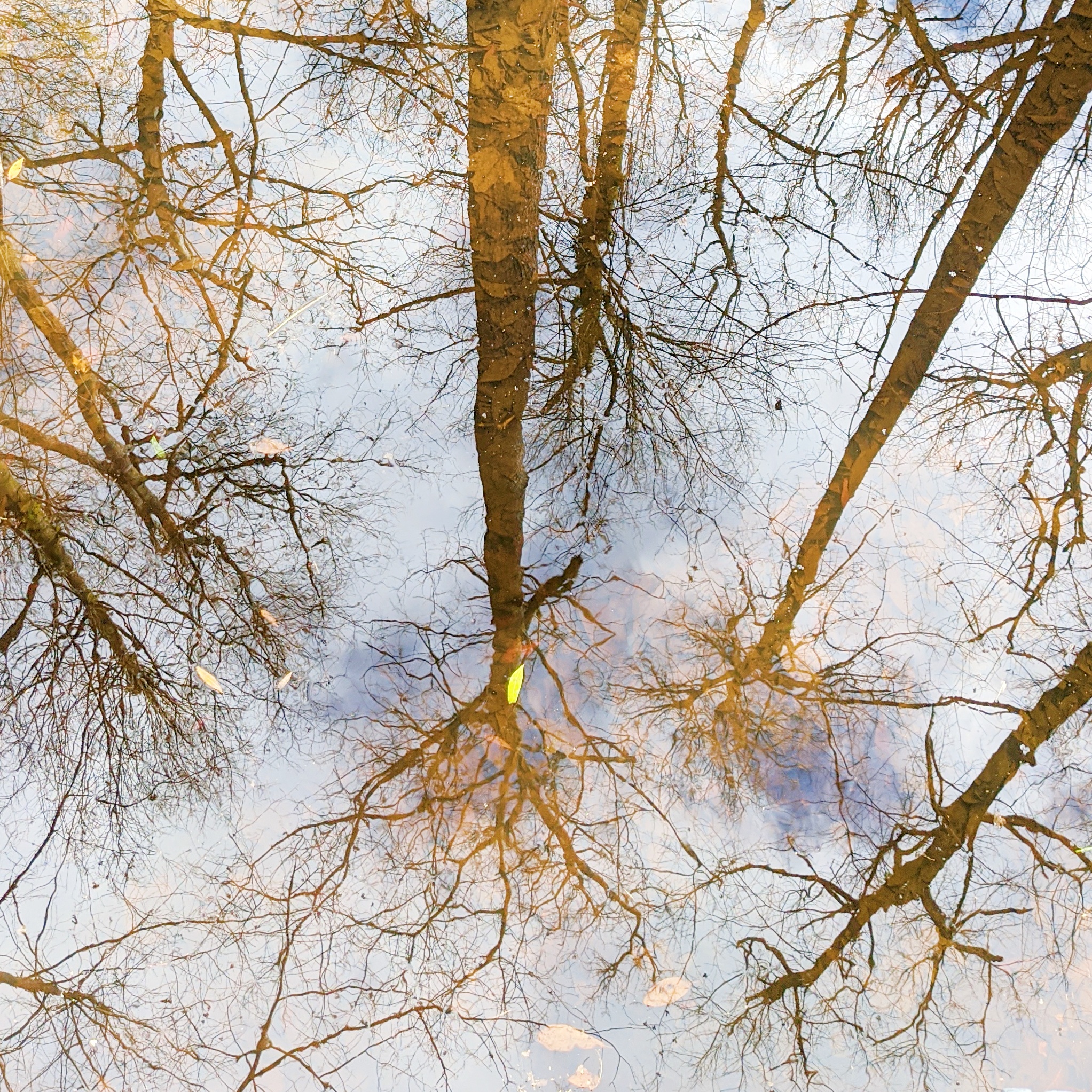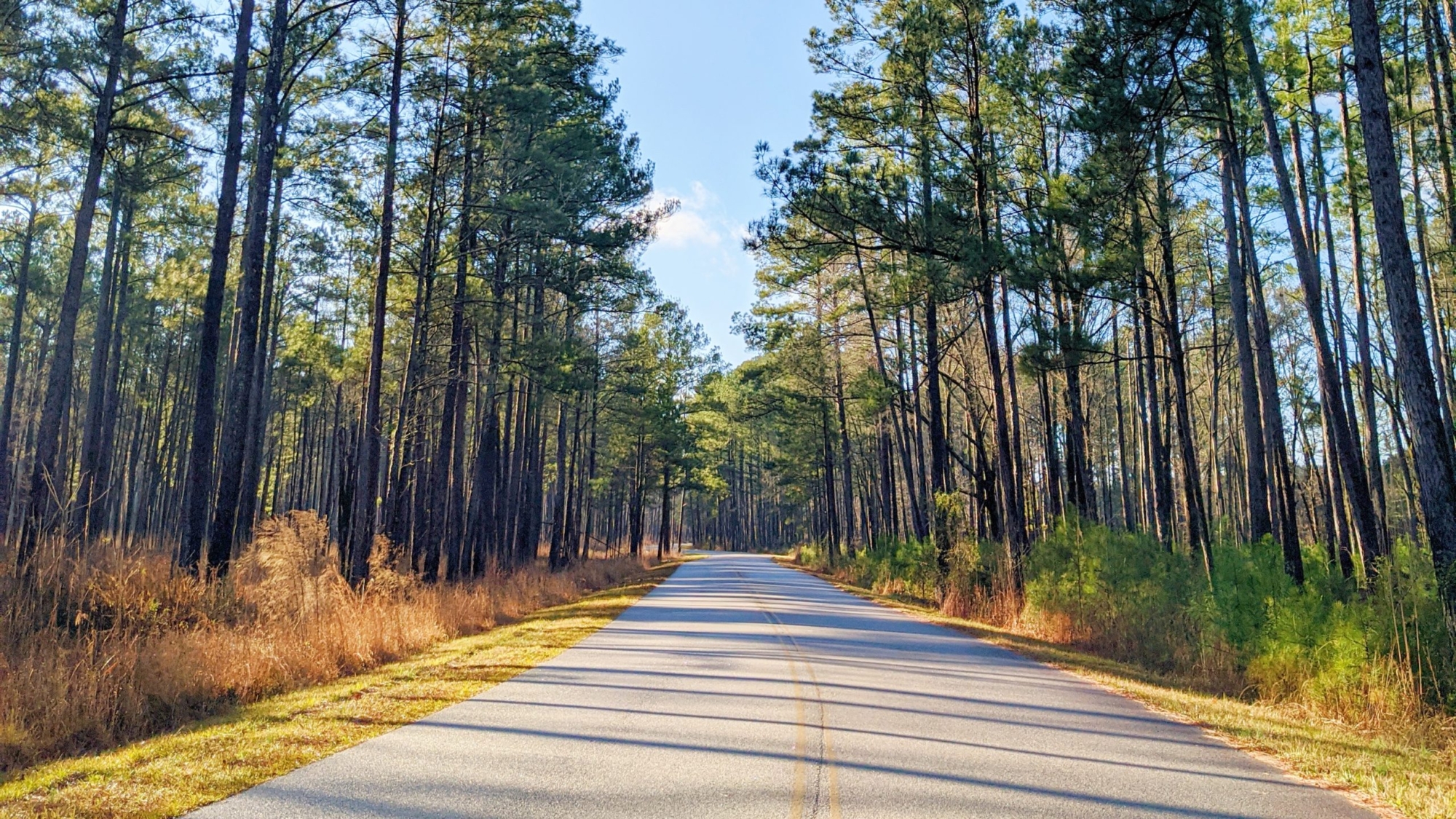Water tupelos. American beech. Bald cypresses. Loblollies. To a blind eye, they look the same. But even to my own medically deficient eyesight, each sapling is unique, independent, prepared to spread its leaves against the sun. There is bark that is thick, perfectly pieced together like a puzzle to form an invincible suit of armor, and bark that is wispy, thin, preparing to peel away in the sun, and trunks that stand rod-straight and tall as a soldier ready to be knighted, and trunks that lean heavy, the weight of clouds pushing them down, and trunks that sprawl like spidery legs as if waiting for the perfect moment to stand up and scatter away to a new forest, a new land. Each leaf has its own fingerprint, veins and vascular tissue winding together into a maze, a labyrinth that itself supports life, collecting light and water and air, earth’s purest nutrients.
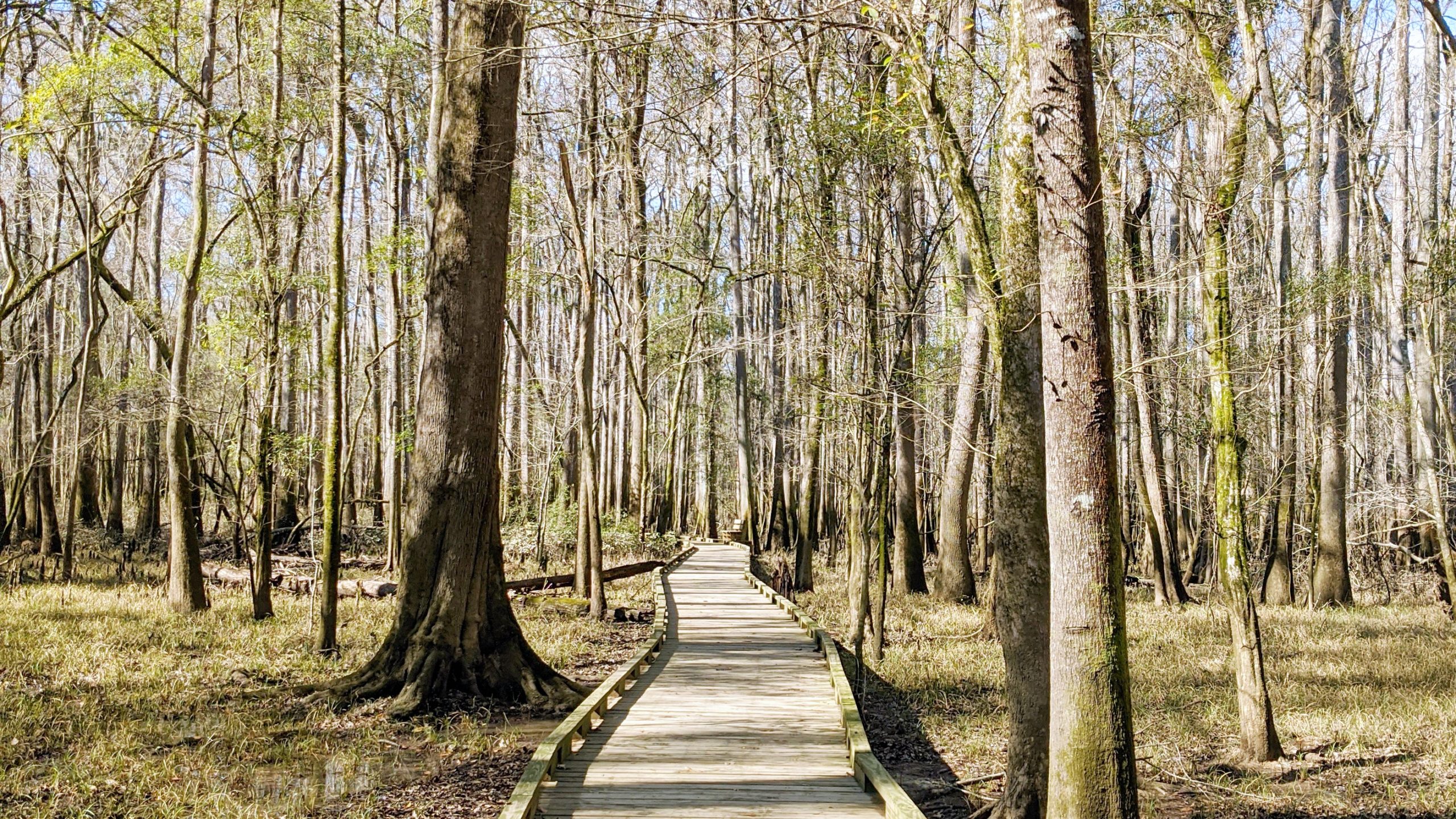
Have you ever heard of Congaree National Park before? Nope, neither had I. Not until a work trip sent me to Charlotte, North Carolina, and, scrolling around Google Maps collecting ideas for a weekend of exploration before my work conference, there the National Park appeared. Armed with my National Park pass, a simple pair of running shoes, and my ever-constant restlessness, off I went.
Having never heard anything about Congaree National Park before, I did not expect much when we planned our mini-roadtrip in the Carolinas. As compared to Yosemite and Zion, with their sweeping vistas and dramatic rock faces, Congaree has rarely graced the hyped feeds of Instagram and barely makes the cut as “influential” according to social media.
But if they made it a National Park, there must be a reason.
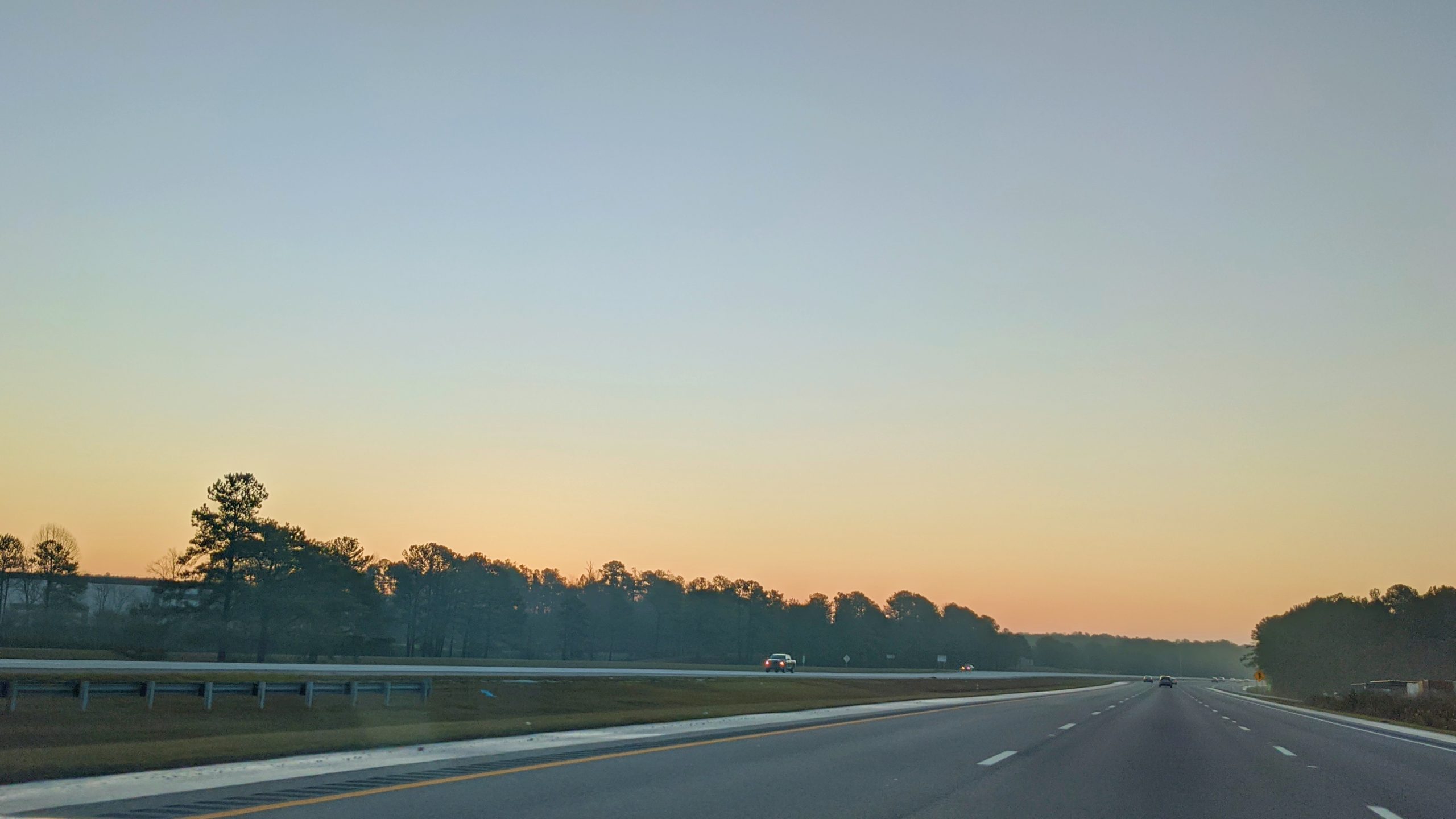
We landed in Charlotte, North Carolina early Saturday morning after a grueling sleep-deprived red-eye from California (let’s just say, I will never recommend red-eyes). Bumping Lizzo and Queen to keep ourselves awake, we drove the easy two hour route down south. A quick stop for breakfast sandwiches and some of the best (and largest) cinnamon rolls we’ve ever had (Devine Cinnamon Roll Deli – check em out!), and we entered Congaree National Park, the early morning sun just peeking between the trees.
First stop: Visitor Center. As eager as I always am to jump straight into the outdoors, my best park visits begin with a stop at the visitor center, watching the educational video and chatting to the park rangers there, the people who truly know best. (And yes, for my park aficionados, even though the park is as young as 2003, the park video still looks like it’s from the 80s.) Sure enough, a park loaded with so much biodiversity, unique geography, and relevant history needed the right start. Cue Park Ranger Riske:
Congaree National Park is one of the last old growth bottomland hardwood forests in the United States. Where did all the others go, you ask? Where decades ago, hardwood forests were plentiful across the Southeastern US, logging and other industries decimated the prolific forests until almost nothing was left. For decades, the area of Congaree National Park was a home to Native Americans and a refuge for African-Americans before and after emancipation, even using the creek for baptisms. Although the park may no longer host permanent human dwellings, its trees will always remain a sanctuary to those who need it. Today, the park is home to over 75 species of trees, including the tallest trees in the world of 15 different species. As a bottomland forest, the park exists in a floodplain which regularly washes away topsoil and brings new nutrients to support its biologically diverse wildlife and dynamic ecosystem. From above, the winding river and oxbow lakes that emerge between dense forest appear like something from a postcard, reminiscent of striking destinations like the Amazon.

After a quick enthusiastic chat with Park Ranger Ray and armed with seven different nature brochures, we finally hit the trail! Since we were only clad in simple running shoes instead of our normal heavy duty hikers, we headed out to the most popular and accessible trail in the park: the 2.5 mile Boardwalk Loop Trail. This trail uses a self-guided brochure to educate hikers via 22 spaced markers about the history, ecology, and significance of various park features. While some hikers are resistant to the stop-and-start nature of self-guided trails, we truly embraced the nuggets of information as we progressively made our way along the Boardwalk.
Eventually, we approached Weston Lake, an oxbow lake created by erosion and changing river patterns in the park, and were inspired to break from the Boardwalk Trail and attempt part of Weston Lake Trail. In our runners, we were quickly slipping and sliding through the mud, but not before we’d walked far enough away from the main trail to find ourselves immersed in the true quiet and natural isolation of the park.
Away from the boy scouts and other tourists, we were able to really listen: birds bouncing melodies to each other across the great green network of towering trees, deep vibrating calls and high sweet shrills pinging like electricity through the environmental grid. Even the trees seemed to speak, their gentle swaying in the breeze creating an endless whisper: a careful shhh…
Tiny animal tracks left fresh fossils in the thickening mud. Moss crawled along the forest floor, draping itself across the sleeping earth. Logs lay peacefully by, sheltering the smallest of critters, while fungi branched outward from it’s wooden foundation. Subtle colors danced along the vascular veins of forest vegetation, sprouting burnt reds and crisp yellows where none were expected.

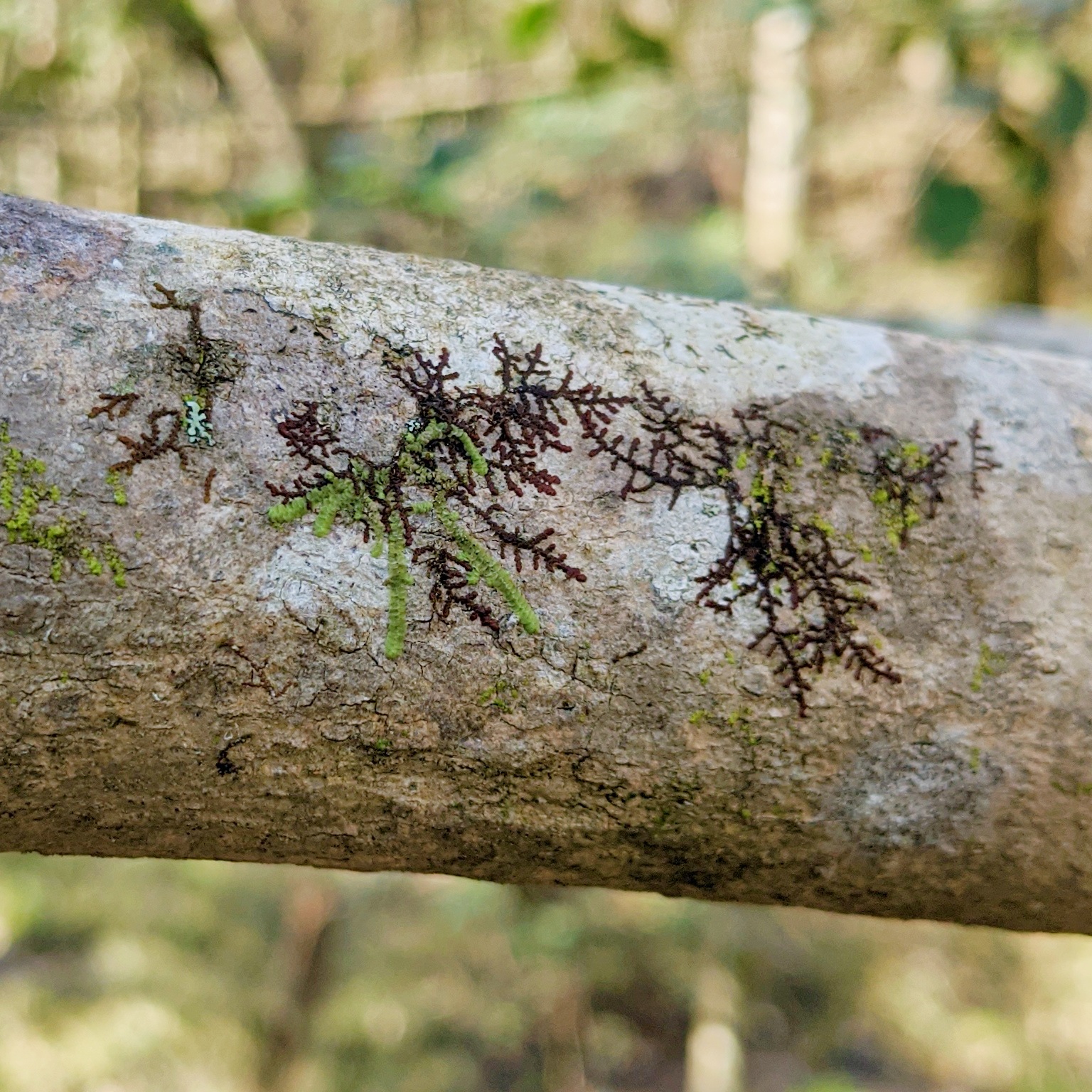

As we wound back toward the main trail, we suddenly felt more in tune with the forest, paying attention to the various animal prints spied in the mud and the pungent scents that tickled our noses. It was easy to imagine how this space could be called home to so many, be it critters and birds, or the humans who sought shelter here as well.
Rejoining the Boardwalk, we jumped back into our educational groove. Soon, we were arguing over tree identifications and ecological formations as we tried to harness our newfound knowledge and put it to action. By far, our largest discussion centered around the most fascinating part of this park: knees.
Yep, you heard me right: knees. Not your average musculoskeletal joint, however. These knees were tree knees! Tiny wooden pillars, poking upward from the sodden soil, scraggly, uneven, reaching for… what?
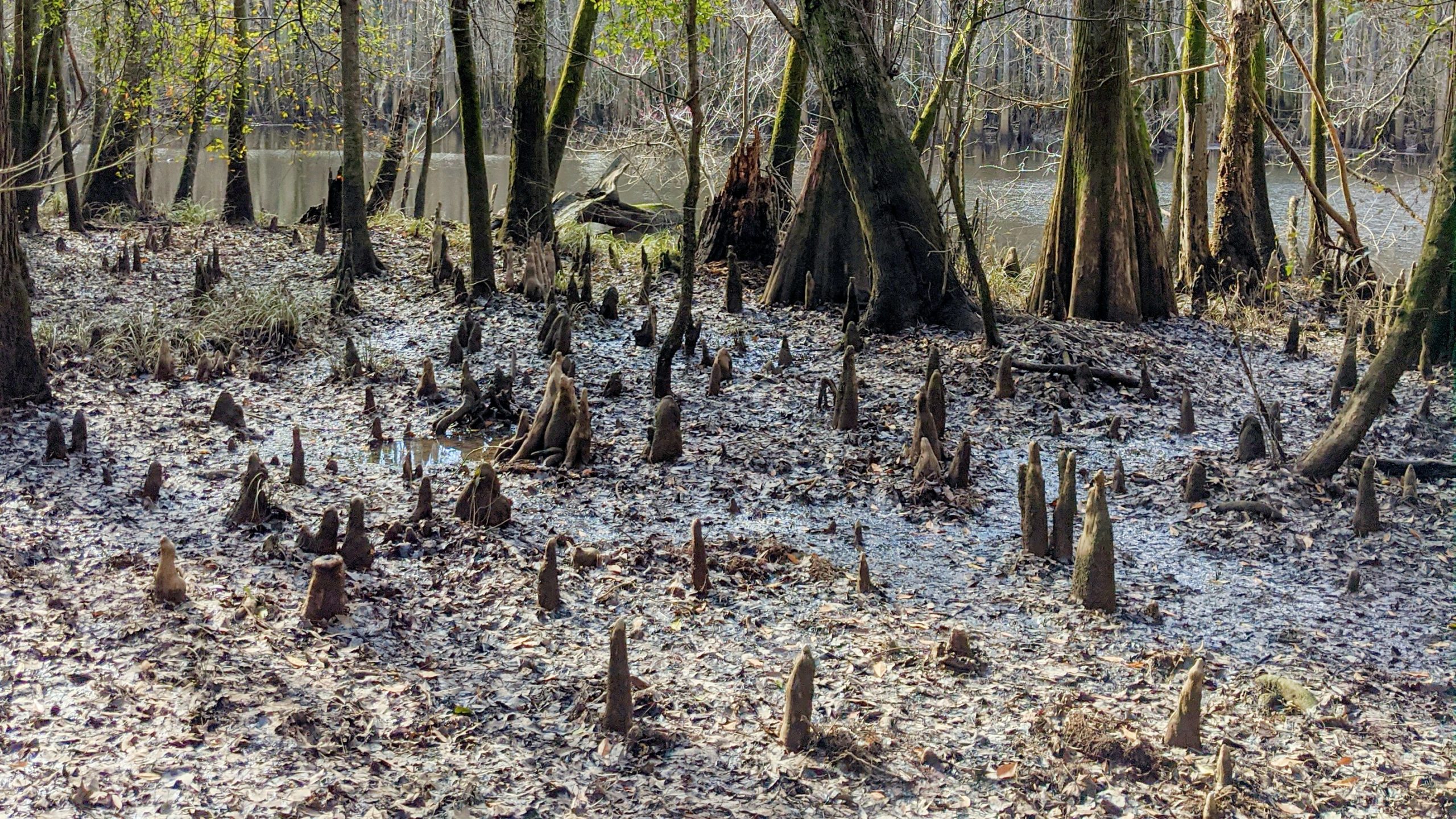
It’s as if someone playing a very far-reaching practical joke took leftover bark and stubby tree branches and stuck them back in the ground exclusively around bald cypress trees. Tens of these short “knees” covered the forest floor, looking both at home and just plain odd. And what are they for, you might ask? That’s the best part: no one knows! Theories exist that the knees are used for balance against the flooding forest floor, or to capture more oxygen from the air. Even as I was crouched on the Boardwalk, peering as close as my reach would allow to a nearby knee, staring at it’s unusually rounded top and mentally screaming the question, Why? How? What are you? Reveal your secrets!, a park ranger strolled by and confounded us even more by adding the theory of food and nutrient storage to the mix.
My personal theory? Tree sentience. You want to question the existence of a tree communication network that secretly connects the roots of all trees into one global thinking entity? Be my guest. But I like the idea.
Mentally fatigued, we finished our Boardwalk hike and returned to our car to snack on leftover cinnamon rolls (Devine Deli, I’m serious), before rolling out for the day, a kaleidoscope of colored leaves dancing in the rearview mirror. The road stretched out beneath our tires, tying us back to the forest, while still leading us on to our next adventure.
Congaree National Park might not grace your social media feeds like the behemoths of the Grand Canyon and Yellowstone, but it should be appreciated no less for its rare and unique ecological and historical significance. We agreed this park deserved more than a brief one-day visit and truly deserved a chance to showcase its worthiness to the world.
